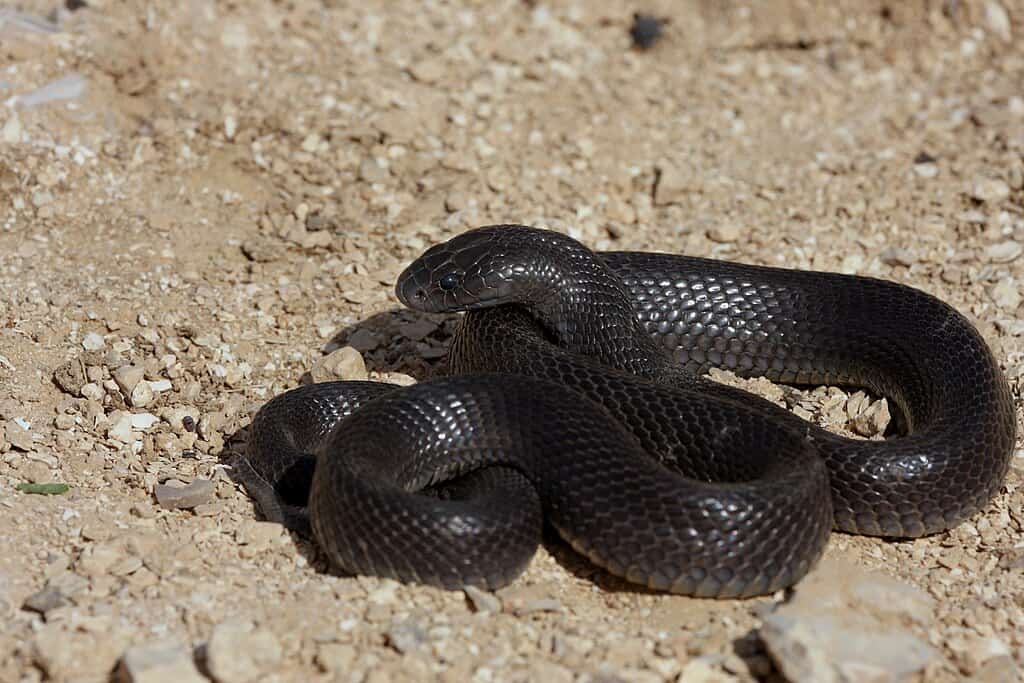Snakes are remarkable reptiles that have adapted to live in almost every corner of our planet, with the exception of a few environments too extreme even for these resilient creatures. As ectothermic (cold-blooded) animals, snakes rely heavily on their surroundings to regulate body temperature and find prey, making their choice of habitat critical to their survival. From the scorching deserts to lush rainforests, these limbless reptiles have evolved specialized adaptations that allow them to thrive in diverse ecosystems.
Understanding where snakes prefer to live—and where they avoid—isn’t just fascinating from a biological perspective; it’s also practical knowledge for anyone who lives near snake habitats or enjoys outdoor activities. This article explores nine environments where snakes flourish and three habitats they typically avoid, offering insight into the remarkable adaptability of these often misunderstood creatures.
Tropical Rainforests A Snake Paradise

Tropical rainforests represent one of the most snake-rich habitats on Earth, hosting an incredible diversity of species. These warm, humid environments provide year-round food sources, consistent temperatures, and abundant hiding places. In the Amazon rainforest alone, scientists have documented over 200 snake species, including the massive green anaconda—the world’s heaviest snake—which thrives in the region’s swampy areas and slow-moving waterways.
The rainforest’s multi-layered structure offers diverse niches for different snake species. Tree-dwelling species like emerald tree boas and various vine snakes have evolved prehensile tails and specialized scales to navigate the canopy with remarkable agility. Meanwhile, ground-dwelling species like the bushmaster, South America’s longest venomous snake, utilize the leaf litter and undergrowth for camouflage when hunting. The consistent rainfall and humidity create ideal conditions for snakes to shed their skin without the dehydration issues they might face in drier environments.
Deserts Masters of Arid Adaptation

Contrary to what many might expect, deserts host a surprising diversity of snake species that have evolved remarkable adaptations to survive extreme temperature fluctuations and water scarcity. Desert-dwelling snakes like sidewinders, sand boas, and horned vipers have developed specialized locomotion techniques—such as sidewinding and sand-swimming—that allow efficient movement across loose sand while minimizing energy expenditure and heat exposure.
Many desert snakes have evolved nocturnal lifestyles, hiding in burrows during the scorching daytime heat and emerging at night to hunt when temperatures are more moderate. Species like the Mojave rattlesnake possess highly efficient kidneys that concentrate urine, minimizing water loss—a critical adaptation in their arid habitat. Their scales often feature patterns that provide excellent camouflage against sand and rocky backgrounds, while some species have developed special scales on their bellies that reduce friction and prevent overheating when moving across hot sand.
Grasslands and Savannas Open Plains Hunters
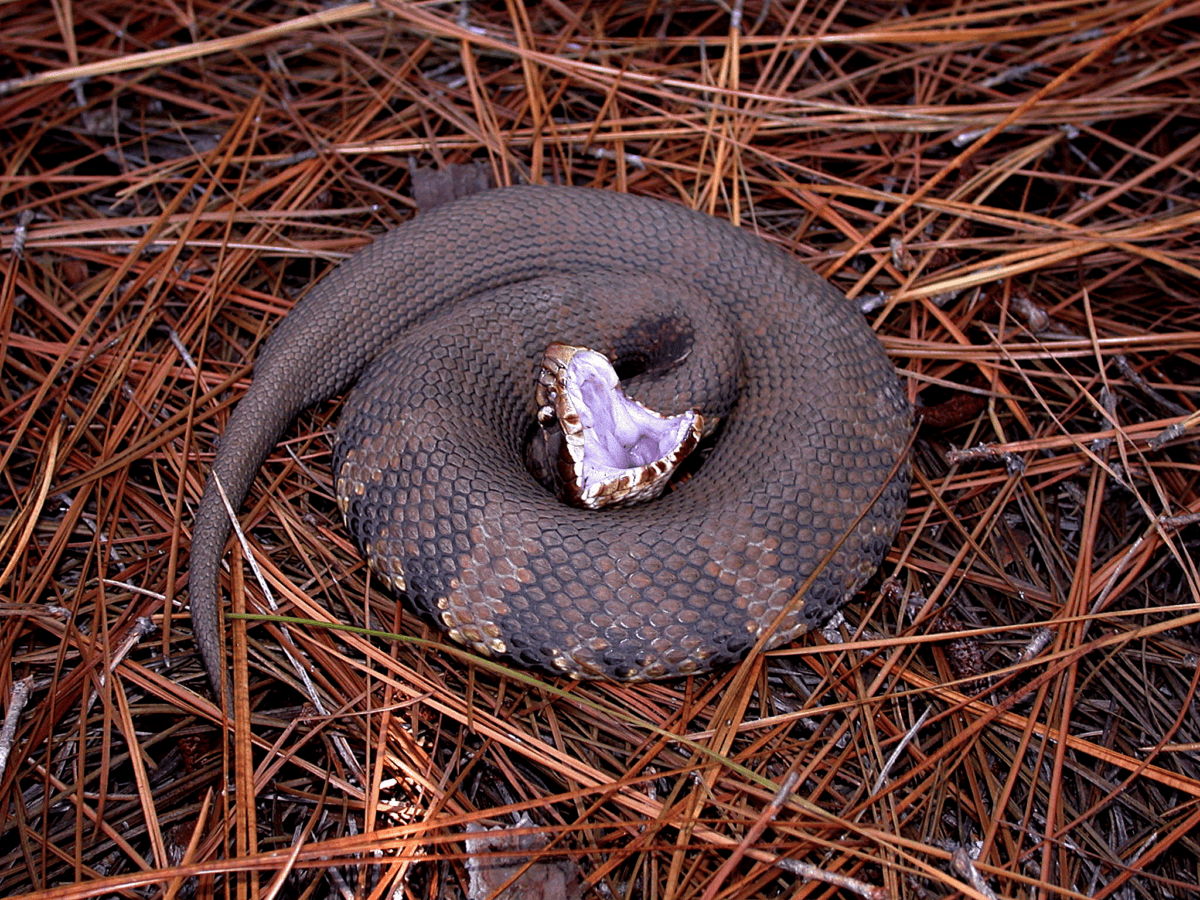
Grasslands and savannas provide ideal hunting grounds for many snake species, offering a balance of cover and open spaces. The abundant rodent populations in these ecosystems provide a reliable food source, while grass tussocks and abandoned animal burrows offer protection from predators and temperature extremes. Notable grassland snakes include various rattlesnake species in North American prairies and puff adders in African savannas.
These habitats present unique challenges, including seasonal fires and grazing by large herbivores, which snakes have adapted to overcome. Many grassland snakes display cryptic coloration that blends perfectly with dried grasses or soil, making them nearly invisible to both prey and predators. Species like the eastern massasauga rattlesnake have developed seasonal migration patterns, moving between wet lowlands and drier uplands as conditions change throughout the year, demonstrating the behavioral flexibility that allows snakes to thrive in these dynamic ecosystems.
Wetlands and Marshes Aquatic Specialists
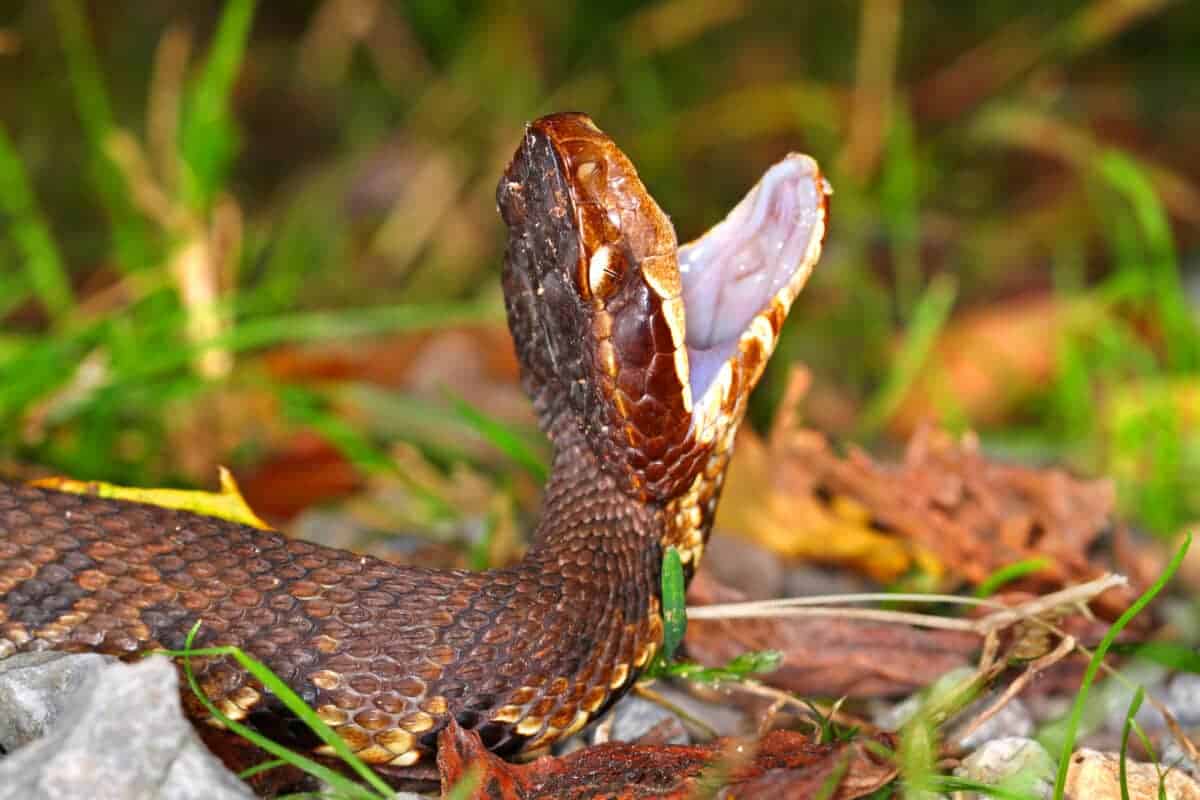
Wetlands, marshes, and swamps harbor some of the most specialized snake species, including water snakes, cottonmouths, and anacondas. These environments offer abundant prey in the form of fish, amphibians, and aquatic invertebrates. Water snakes have developed numerous adaptations for aquatic life, including valved nostrils that can close underwater, laterally compressed tails for efficient swimming, and eyes and nostrils positioned on top of their heads to allow breathing and vision while the rest of their body remains submerged.
Some wetland-dwelling snakes, like the North American cottonmouth, display fascinating behavioral adaptations, including the ability to float motionless on water’s surface while looking for prey. The green anaconda, found in South American wetlands, has evolved a semi-aquatic lifestyle that allows it to ambush prey at the water’s edge. The consistently humid environment of wetlands also benefits snakes’ skin health, making shedding easier and reducing the risk of dehydration—a crucial advantage for these reptiles that lose moisture through their scales.
Temperate Forests Seasonal Snake Havens
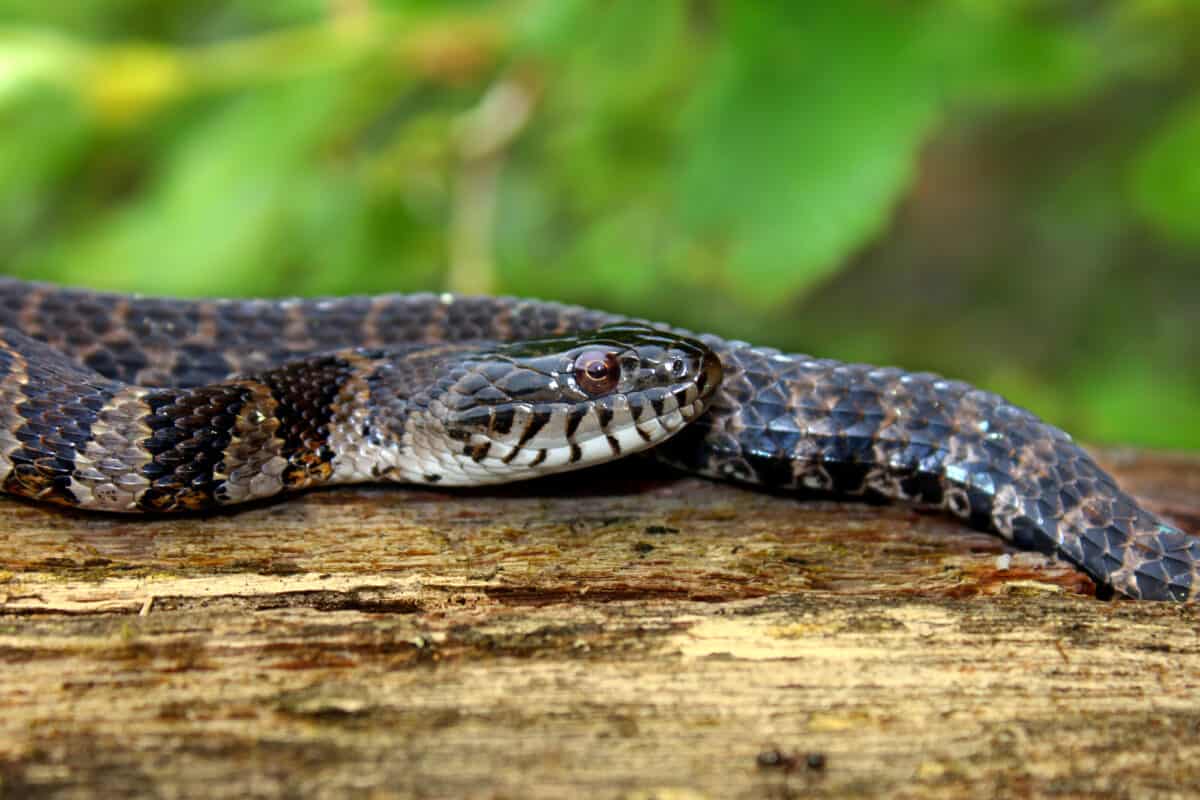
Temperate forests provide seasonally abundant resources for snakes, though the colder winters present challenges that tropical snakes don’t face. Species like timber rattlesnakes, rat snakes, and garter snakes have adapted to these environments by developing behavioral strategies to cope with seasonal temperature fluctuations. During colder months, many temperate forest snakes enter brumation—a reptilian version of hibernation—gathering in communal dens called hibernacula that protect them from freezing temperatures.
The structural complexity of temperate forests offers numerous microhabitats for snakes. Fallen logs, rock outcroppings, and leaf litter provide hunting grounds, shelter, and basking sites. Some species, like the eastern ratsnake, are excellent climbers that utilize the vertical space in forests to access bird nests for feeding or to escape ground predators. The seasonal abundance of prey—from spring amphibians to summer rodents—creates a rich food web that supports diverse snake communities, making temperate forests important conservation areas for snake biodiversity.
Rocky Outcrops and Mountains High-Altitude Serpents

Rocky terrains and mountainous regions might seem inhospitable, but they host specialized snake species that have adapted to these challenging environments. Rock crevices provide essential thermal refuges, allowing snakes to regulate their body temperature by moving between sun-warmed surfaces and cooler, shaded retreats. Species like the alpine-dwelling asp viper in Europe can be found at elevations exceeding 3,000 meters, where they’ve evolved physiological adaptations to function at lower temperatures than most reptiles.
Mountain-dwelling snakes often display unique adaptations to their environments, including melanistic (darker) coloration that allows more efficient heat absorption during brief sun exposure at high elevations. Many high-altitude species have adapted to compressed activity seasons, with accelerated reproductive cycles and more efficient hunting strategies to compensate for the shorter warm period. The tiger rattlesnake, found in rocky habitats of the southwestern United States and Mexico, possesses particularly potent venom—an adaptation that ensures hunting success is maximized during limited activity periods in these challenging environments.
Urban and Suburban Areas Adaptable Opportunists
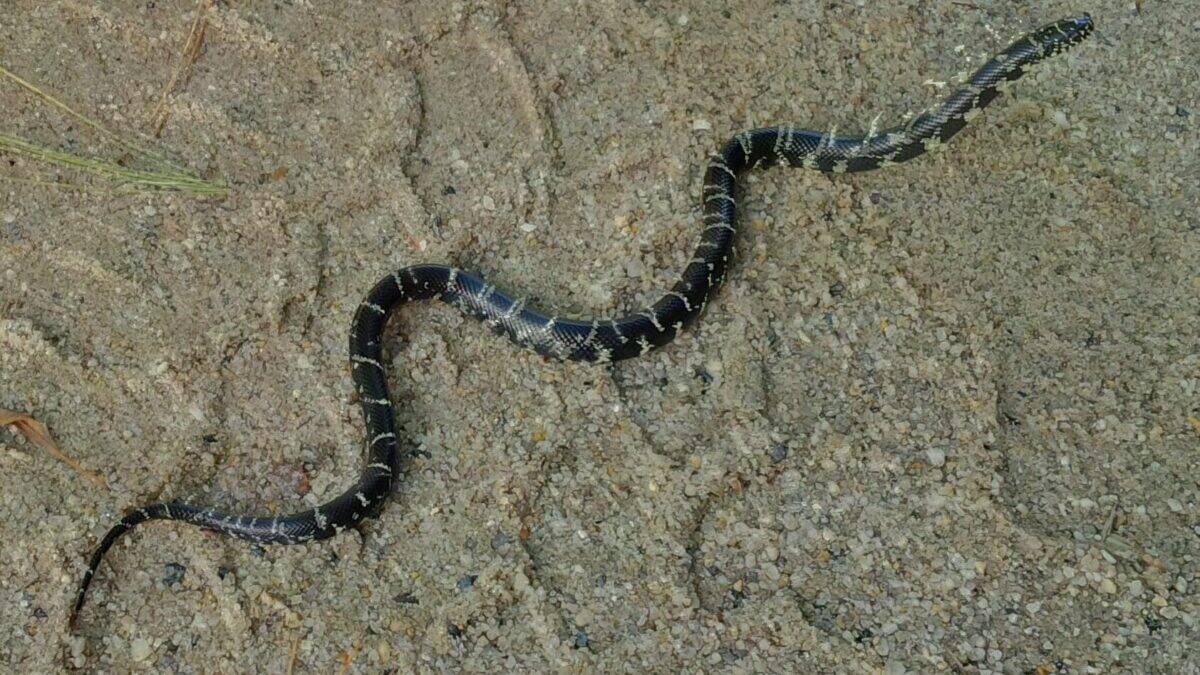
While not a natural habitat, urban and suburban environments have become important territories for adaptable snake species. Human development creates novel microhabitats that some snakes readily exploit—garden sheds, compost heaps, and landscaped yards can provide excellent hunting grounds and shelter. Common urban-adapted species include garter snakes, rat snakes, and in some regions, various non-venomous colubrids that feed on the rodents attracted to human habitations.
Urban snakes face unique challenges, including road mortality, persecution by humans, and habitat fragmentation, yet they demonstrate remarkable resilience. Species like the common garter snake have shown behavioral flexibility in urban settings, adjusting their diets to include non-native prey and utilizing artificial structures for hibernation sites. Some studies suggest that certain snake populations in urban areas maintain higher densities than their rural counterparts due to abundant food resources and reduced predation, highlighting the impressive adaptability that has allowed these reptiles to survive alongside human expansion for millennia.
Coastal and Island Habitats Specialized Sea Serpents

Coastal environments and islands host unique snake communities, including true sea snakes and terrestrial species that have adapted to shoreline living. Sea snakes have evolved remarkable specializations for marine life, including paddle-shaped tails for swimming, salt glands to excrete excess salt, and the ability to remain submerged for hours by absorbing oxygen through their skin. These fully aquatic reptiles are primarily found in the warm waters of the Indo-Pacific region, where they feed on fish and eels in coral reefs and coastal waters.
Island snakes present fascinating examples of evolutionary adaptation and specialization. Isolated populations often evolve into distinct species through adaptive radiation, as seen in the Galápagos racer snakes or the tiger snake populations on Australia’s offshore islands. Island-dwelling snakes frequently develop unique traits in response to their limited environment, including changes in body size, venom composition, and dietary preferences. The absence of mammalian predators on many islands has allowed snakes to thrive in these environments, sometimes becoming the apex predators in their isolated ecosystems.
Underground Habitats Fossorial Specialists

The world beneath our feet hosts specialized snake species that have adapted to a subterranean lifestyle. Fossorial (burrowing) snakes such as blind snakes, shield-nosed snakes, and sand boas have evolved cylindrical bodies, smooth scales, and reinforced skulls that facilitate digging and moving through soil and sand. Their reduced eyes—sometimes covered by scales—reflect their adaptation to low-light environments where vision is less important than other senses.
Underground habitats offer several advantages for snakes, including protection from temperature extremes and predators. Many burrowing species have specialized diets adapted to subterranean prey, such as termites, ant larvae, and other invertebrates. The Mexican burrowing python (Loxocemus bicolor) demonstrates how successful this lifestyle can be—this primitive snake has persisted for millions of years in its specialized niche, largely unchanged while surface-dwelling relatives diversified extensively. Some fossorial species emerge only at night or after heavy rains, spending the majority of their lives in the stable microclimate beneath the surface.
Polar Regions Too Cold for Comfort
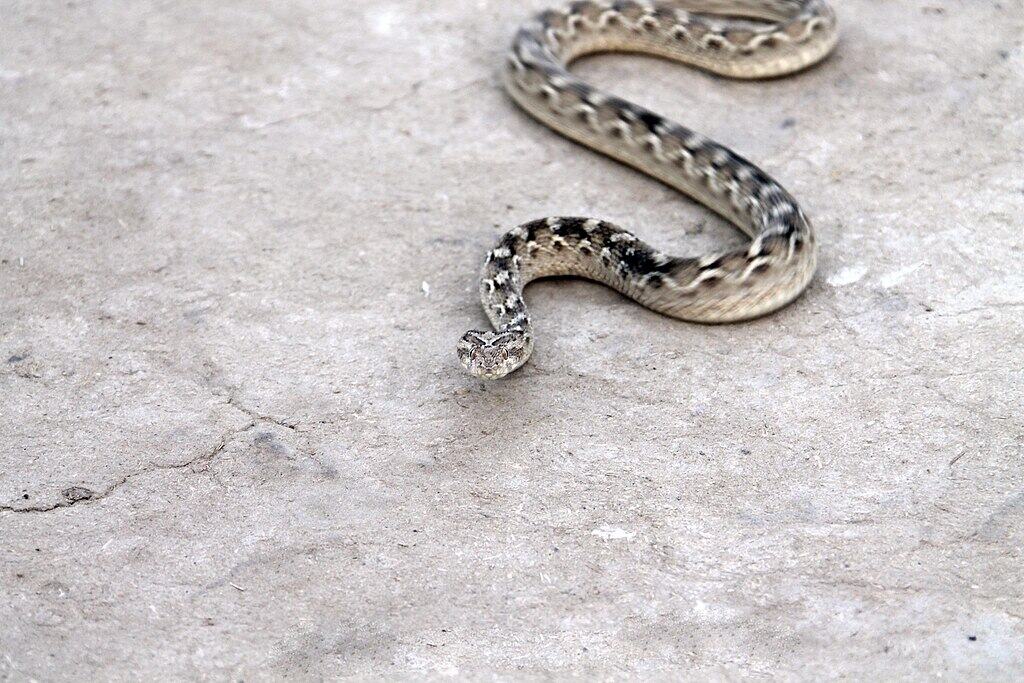
The first habitat snakes avoid is polar regions, where extreme cold makes survival impossible for these ectothermic reptiles. No snake species naturally occur in Antarctica, and they’re absent from most of the Arctic Circle as well. The northernmost snake populations, such as the European adder (Vipera berus) in Scandinavia and the common garter snake in Alaska, reach only the southern fringes of what might be considered Arctic regions, and even these populations must brumate for extended periods during winter.
The physiological limitations of snakes make polar environments uninhabitable, as they lack the internal temperature regulation and insulation necessary for survival in consistently freezing conditions. Unlike mammals and birds that have evolved adaptations like blubber, fur, or specialized circulation to maintain body heat, snakes rely on external heat sources to drive their metabolic processes. The combination of extended periods of darkness, permafrost that prevents burrowing, and insufficient warm periods for successful reproduction effectively creates a thermal barrier that snakes cannot overcome.
Deep Oceans Pressure and Cold Barriers

While some snake species have successfully adapted to marine environments, the deep ocean remains inaccessible to snakes. True sea snakes are confined to relatively shallow, tropical and subtropical waters, typically at depths less than 100 meters. The combination of extreme pressure, cold temperatures, and darkness in the deep ocean creates insurmountable barriers for these reptiles, whose body structures and physiological adaptations are incompatible with deep-sea conditions.
Sea snakes require regular access to the surface for breathing, despite their ability to remain submerged for extended periods. The crushing pressure of deep ocean environments would compress their lungs and air passages, making breathing impossible even if they could return to the surface. Additionally, sea snakes rely on warm water temperatures to maintain their metabolic functions, with most species preferring waters above 20°C (68°F). The cold temperatures of the deep ocean, which average around 4°C (39°F) below the thermocline, would effectively shut down their bodily functions, explaining why these otherwise highly adaptable reptiles remain absent from one of Earth’s largest habitat types.
Extremely Dry Deserts Beyond Adaptation Limits
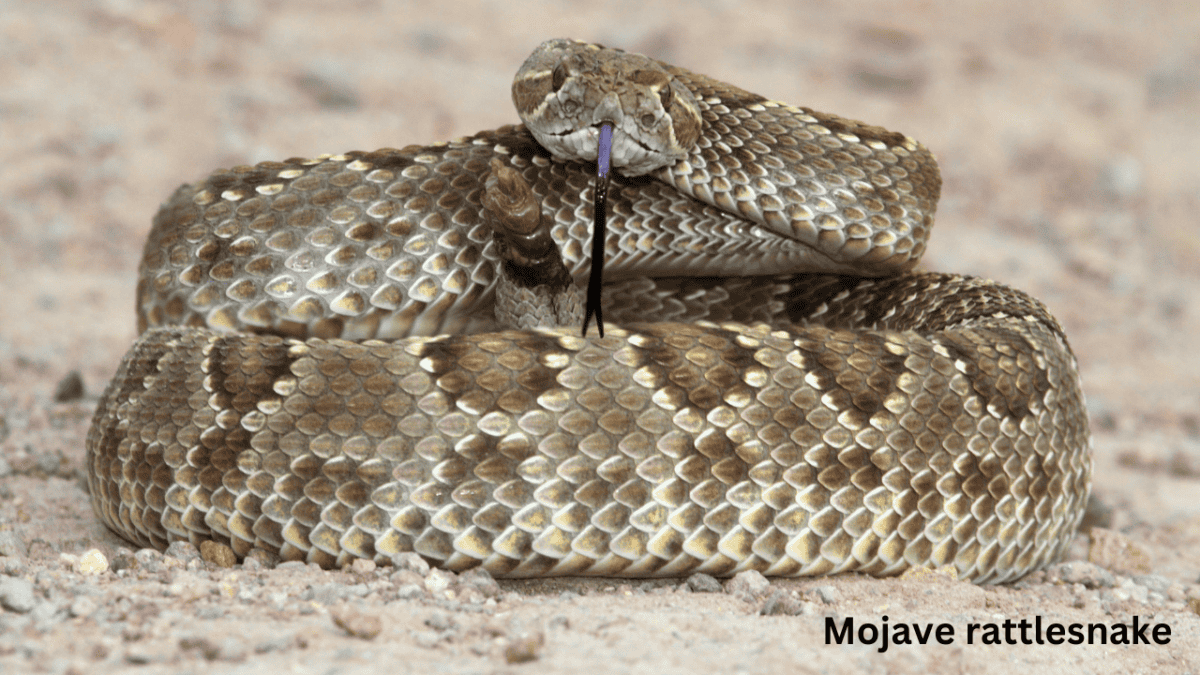
While many snake species thrive in arid environments, certain extreme deserts represent the limits of even their remarkable adaptability. The central Sahara’s hyperarid regions, parts of the Atacama Desert in Chile (the driest non-polar desert on Earth), and certain areas of the Arabian Desert feature conditions so extreme that few if any snake species can persist there permanently. In these environments, years may pass between significant rainfall events, creating conditions where even the most drought-adapted prey species cannot survive consistently.
The absence of reliable water sources, even in the form of morning dew or seasonal vegetation, creates physiological challenges beyond what most snakes can overcome. While desert-adapted snakes have evolved impressive water conservation mechanisms, they still require minimal moisture intake and humidity levels for basic biological functions like shedding their skin. Additionally, the extreme daily temperature fluctuations in hyperarid deserts—sometimes swinging from 50°C (122°F) during the day to near freezing at night—create thermoregulatory challenges that exceed the adaptive capacity of even the most specialized desert serpents, marking these extreme environments as one of the few habitats where these otherwise ubiquitous reptiles cannot establish permanent populations.
Conclusion: The Remarkable Adaptability of Snakes

Snakes stand as remarkable examples of evolutionary success, having conquered nearly every terrestrial habitat on Earth through specialized adaptations ranging from heat-sensing pits and prehensile tails to specialized locomotion methods and highly efficient metabolisms. Their ability to thrive across rainforests, deserts, grasslands, wetlands, forests, mountains, urban areas, coasts, and underground habitats demonstrates an extraordinary ecological flexibility that few vertebrate groups can match. Yet even these master adapters have their limits, unable to overcome the extreme cold of polar regions, the pressure and cold of deep oceans, or the absolute aridity of hyperdesert environments.
Understanding snake habitat preferences provides valuable insights not just into their biology but also their conservation needs in a rapidly changing world. Climate change, habitat destruction, and fragmentation pose significant threats to many snake populations, potentially pushing them beyond their adaptive capabilities. As we continue to modify Earth’s landscapes, knowledge of where snakes thrive—and where they cannot—becomes increasingly important for conservation efforts aimed at preserving these ecologically valuable predators.
The story of snake habitats is ultimately one of remarkable resilience and specialization—a testament to the power of natural selection to produce organisms exquisitely suited to their environments. From the massive anacondas patrolling Amazonian waterways to tiny blind snakes navigating life underground, each species represents a unique evolutionary solution to the challenges of survival. As we continue to study these fascinating reptiles, we gain not only a deeper appreciation for their ecological importance but also valuable lessons in adaptation and survival that may help us better understand how life responds to environmental challenges.
For anyone fascinated by the natural world, snakes offer a compelling window into the intricate relationship between habitat and adaptation—a relationship that has allowed these limbless reptiles to become one of Earth’s most successful and widespread vertebrate groups, capable of thriving in almost any environment where the fundamental requirements of reptilian life can be met.
- 9 Habitats Snakes Thrive In And 3 They Slither Away From - August 14, 2025
- 14 Mammals That Sing to Communicate - August 14, 2025
- 12 Wild Animals That Build Homes Better Than Humans - August 14, 2025

